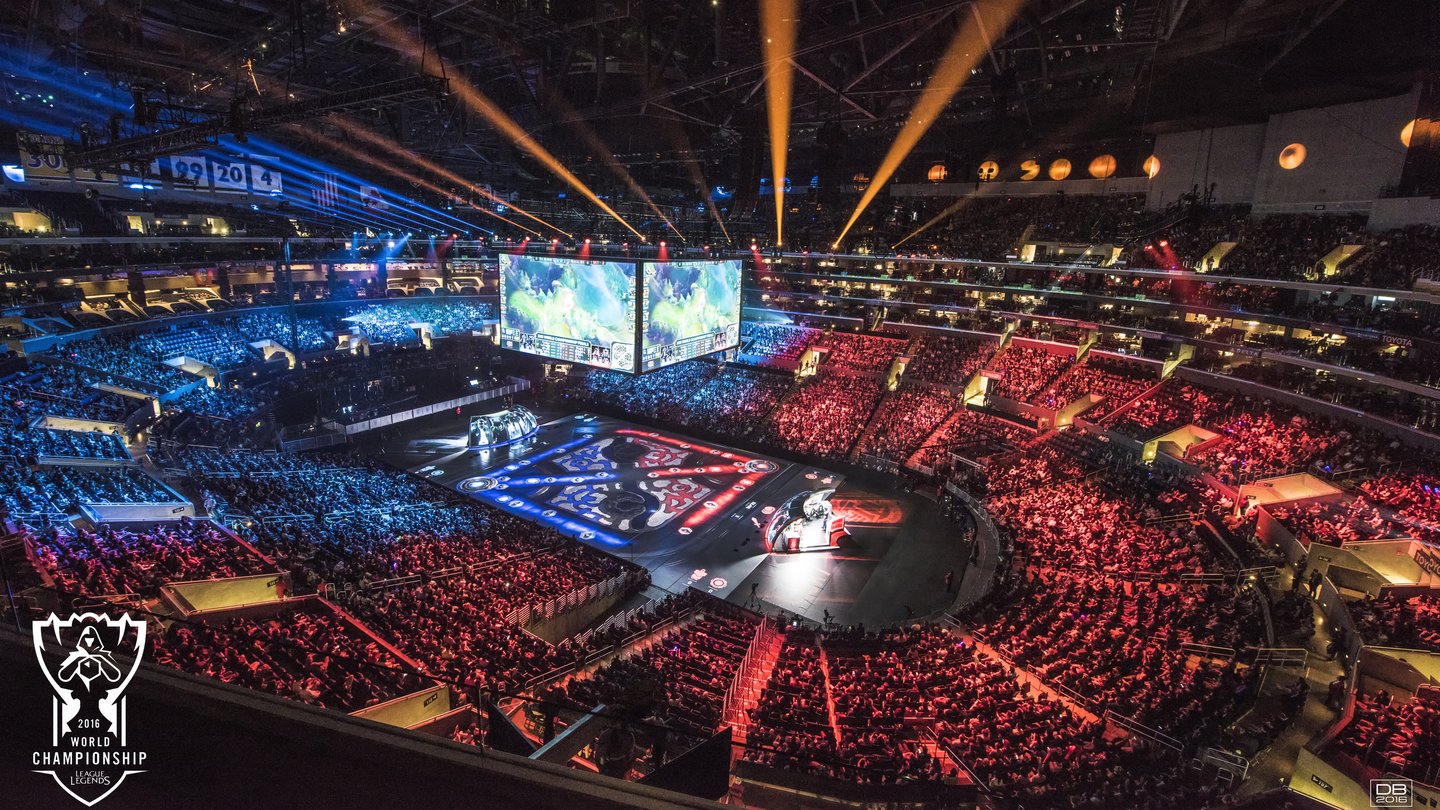
Competition exists at every activity and skill level imaginable. From high school basketball teams, to marching band competitions, to talent competitions and even the Olympic Games, people come together for a common purpose and end goal. While the purpose and end goal are often different from activity to activity, the one consistent variable in all of the competitions is the creation, development, and maintenance of a community. With the rise of technology comes the digitalisation of several communities.
The most towering digital community in existence is now a multi-million dollar industry—eSports. The eSports industry has created and is constantly expanding a digital community has united people through cultural values and economics, improvements in technology, the opportunity to compete and improve through continued play with others and the ability to create digital identities.
The term “sport” has evolved over the years with the rise of technology and digital literacy. Former “social activities,” like playing a game of chess or poker are now considered “sports” by the communities of people that compete in and spectate on these games. One can argue that games like chess and poker cannot be considered sports because they aren’t physical. But, that’s where a lot of people would be wrong. The degree of physical activity required for every traditional sport is sometimes similar but often vastly different; the physical skills needed to play football are different than the physical skills needed to compete in swimming competitions; the physical skills needed to compete in professional dancing are different than the physical skills needed to compete in kickboxing.
But there is one common element in all of these traditional sports that binds them as sports and adds eSports into the mix as well—competition. Sports are not sports because they are physical. Sports are sports because they allow people to compete against others in their respective communities to achieve an end goal, whether that’s the most baskets scored in basketball, or the highest numeric score on an arcade machine like Pac-Man
Additionally, as digital literacy increases within communities, a transfer of the common elements of sports can occur to a digital environment. This not only relates to the simulation of well-known sport actions (such as throwing or swinging a golf club), but also includes aspects of social interaction and being part of a game community. Given the increasing applications of digital technology in traditional sports, one can argue that the worlds of virtual and non-virtual sports are approaching and merging; sports can exist in physical and virtual spaces
It is difficult to trace the exact origins of eSports and their economic impact on communities, because eSports seem to have always existed alongside video games. Roland Li, an Oakland-based journalist and author of the book, Good Luck Have Fun: The Rise of eSports, argues that virtual sports have existed since the invention of video games.
In 1972, a group of college students at Stanford University competed against one another in one of the first video games, Spacewar. First prize was a year’s subscription to Rolling Stone magazine. A group of students at the Massachusetts Institute of Technology created the game, which was primitive but joyful, sucking the players in and creating one of the first eSports communities.
As more video games were developed, like arcade machines such as Pac-Man and Donkey Kong, and people whom had never met were competing against each other in a digital space to see their own initials at the top of the leaderboards, video games began to develop as a commercial enterprise, and the communities themselves began to expand as well.
In 1980, Atari created the Space Invaders Championship, were thousands of players competed; the competitive show Starcade broadcasted on television in 1981; in 1990, the Nintendo World Championships were held. Games became more complex, supporting more players and systems. Almost three decades later, millions of dollars are spent on running and supporting local and online tournaments; sponsors such as a Coca-Cola, Intel, and American Express have joined the ever-expanding digital community, and full competitive teams now make outstanding salaries by playing games—essentially becoming professional sports players, a community in itself.
In addition to the players themselves, the economic state of video games led to competition between the game creators themselves, which directly led to the improvements in technology that expanded the ever-growing community of eSports, and also forced players, sponsors, and spectators to become more digitally literate. A report released by the Electronic Software Association in 2015 illustrates the prevalence of gaming today: 80% of households in the USA own a device used to play video games, and 42% of Americans play video games for at least three hours per week.
One of the biggest contributing factors to the high number of Americans that own game consoles is the rapid advancement in entertainment features that video game consoles now offer. Game consoles can now stream other online services, such as Netflix, YouTube, and Hulu; they can be used to watch Blu-ray films and surf the web. Modern video game consoles have created a bridge between the communities of many different entertainment outlets, connecting them all together on a single platform. This connection has allowed people who have never played video games to learn how the interfaces on the technology work and how to operate a video game console, effectively making these people more digitally literate and able to understand how digital applications work on a piece of technology that used to be exclusively for gaming.
It’s no question: eSports have made a significant impact on the rise of digital communities, and their expansion has no end in sight, with video games being the largest entertainment industry in the world. Video games might not change the world, but they do change how we organize and interact as a community in the digital world.




